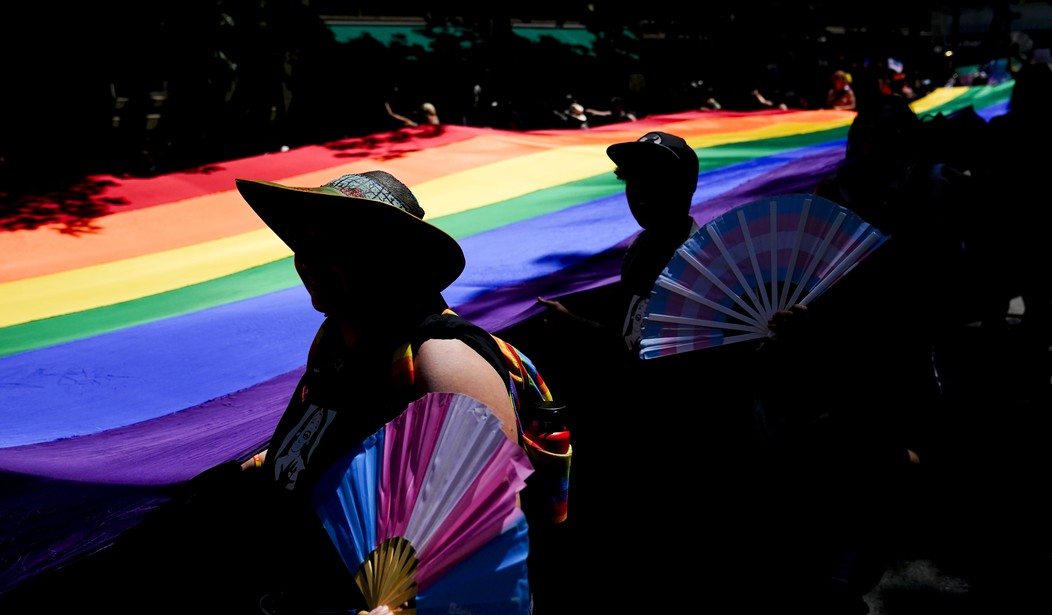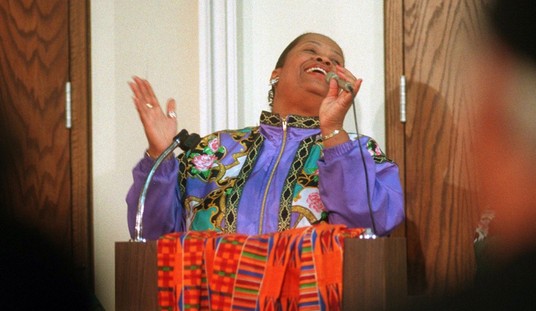As the nation grapples with debates over transgender ideology, a new report suggests that the issue is affecting children at an increased rate.
The percentage of children suffering from gender dysphoria has seen a significant increase in all but one state, which presents another layer to the debate over the use of “gender-affirming care” on kids and school policies related to these individuals. The revelation also presents a question that has been the source of discussion as well: What is causing the surge in children who are confused about their gender?
The report notes drastic increases in the number of gender dysphoria cases.
Forty-nine of the 50 U.S. states saw a rise in gender dysphoria diagnoses between 2018 and 2022, with an average increase of 96% during that period, according to data from our Atlas All-Payor Claims Dataset. Virginia, Indiana, Utah, and Alaksa had the highest increases in diagnoses, ranging from 274% to 183% growth. Only South Dakota saw a drop, with diagnosis claims dipping 23% over those five years .
Many of the patients receiving these diagnoses are young trans people. Our data shows the share of gender dysphoria diagnoses among patients under 18 grew from 17.5% to 20.4% between 2018 and 2022. This trend is also reflected in recent demographic research performed by The Williams Institute, which found that young people make up around 18% of the trans population today, up from 10% in 2016.
The report also notes how the number of medical professionals treating the mental health condition has shifted slightly.
While family practice doctors’ share of gender dysphoria patients dropped about two percentage points from 2018 through 2022, nurse practitioners, pediatricians, and obstetrics/gynecology specialists each saw their shares grow by two or more points, according to data that we pulled from the Atlas Dataset.
Sure, this is a pretty modest change, but it could reflect the growing number of young people who identify as transgender. As more people explore their gender identities at younger ages, it’s reasonable to believe that providers who care for patients starting in childhood (pediatricians) and puberty (OB/GYNs) will see greater shares of transgender patients.
Those in support of “gender-affirming care” for children would likely argue that this increase is the result of society becoming more accepting of transgender people.
“It’s developmentally appropriate for teenagers to explore all facets of their identity — that is what teenagers do,” said Dr. Angela Goepferd, medical director of the Gender Health Program at Children’s Minnesota hospital, who was not involved in the new analysis. “And, generationally, gender has become a part of someone’s identity that is more socially acceptable to explore.”
However, others have highlighted the role that social contagion has played in this trend, pointing out how children are being fed material promoting transgender and LGBTQ issues in schools ad other areas all across the country. Moreover, social media also plays a part, with children increasingly being exposed to content that promotes transgenderism. Some studies have shown this to be the case.
The survey also revealed significant increases in other sexual orientations within the LGBTQ+ community. Critics argue that the idea of LGBT identification as a social contagion is controversial, but social pressure is acknowledged in other areas of behavior and lifestyle:
New survey data from Brown University’s student newspaper provides further evidence that the increase in LGBT identification is driven by social pressures.
The latest data show that between 2010 and 2023, identification as LGBTQ+ has almost tripled among the student body at Brown (from 14% in 2010 saying they were not heterosexual to 38% now). “The Herald’s Spring 2023 poll found that 38% of students do not identify as straight — over five times the national rate ,” The Brown Daily Herald reported. “Over the past decade, LGBTQ+ identification has increased across the nation, with especially sharp growth at Brown.”
Other sexual orientations have seen massive increases. “Since Fall 2010, Brown’s LGBTQ+ population has expanded considerably. The gay or lesbian population has increased by 26% and the percentage of students identifying as bisexual has increased by 232%,” the student newspaper reported. “Students identifying as other sexual orientations within the LGBTQ+ community have increased by 793%.”
Other studies have also shown that the rise in folks identifying as transgender, in particular, is largely influenced by society and environment. In her book “Irreversible Damage,” author Abigail Shrier referred to a 2018 United Kingdom study showing a 4,400 percent increase in the number of teenage girls seeking out gender treatments.
The rapid rise of gender dysphoria is such that it is difficult to believe claims that the trend is due more to societal changes than social influence. The focus on acceptance and inclusion may have played a part, but it seems more reasonable to conclude that the effort to promote transgender ideology among younger and older children is exerting more of an influence than the progressive left would have us believe.
In school districts across the country, teachers and staff are actively promoting gender ideology under the guise of promoting inclusion and acceptance. Currently, they are fighting to keep books and other items featuring sexually inappropriate material in the classroom and school libraries. In many cases, districts have imposed policies requiring teachers to conceal gender identity issues from parents and have even helped socially “transition” some of these children behind their parent’s backs.
The details of this report further illuminate the urgency of this problem. The fact that more children are dealing with gender dysphoria shows that the left’s efforts are working, which means more kids will be subject to irreversible treatments like puberty blockers, hormones, and surgeries. This will cause tremendous damage to these individuals, especially after they become adults.













